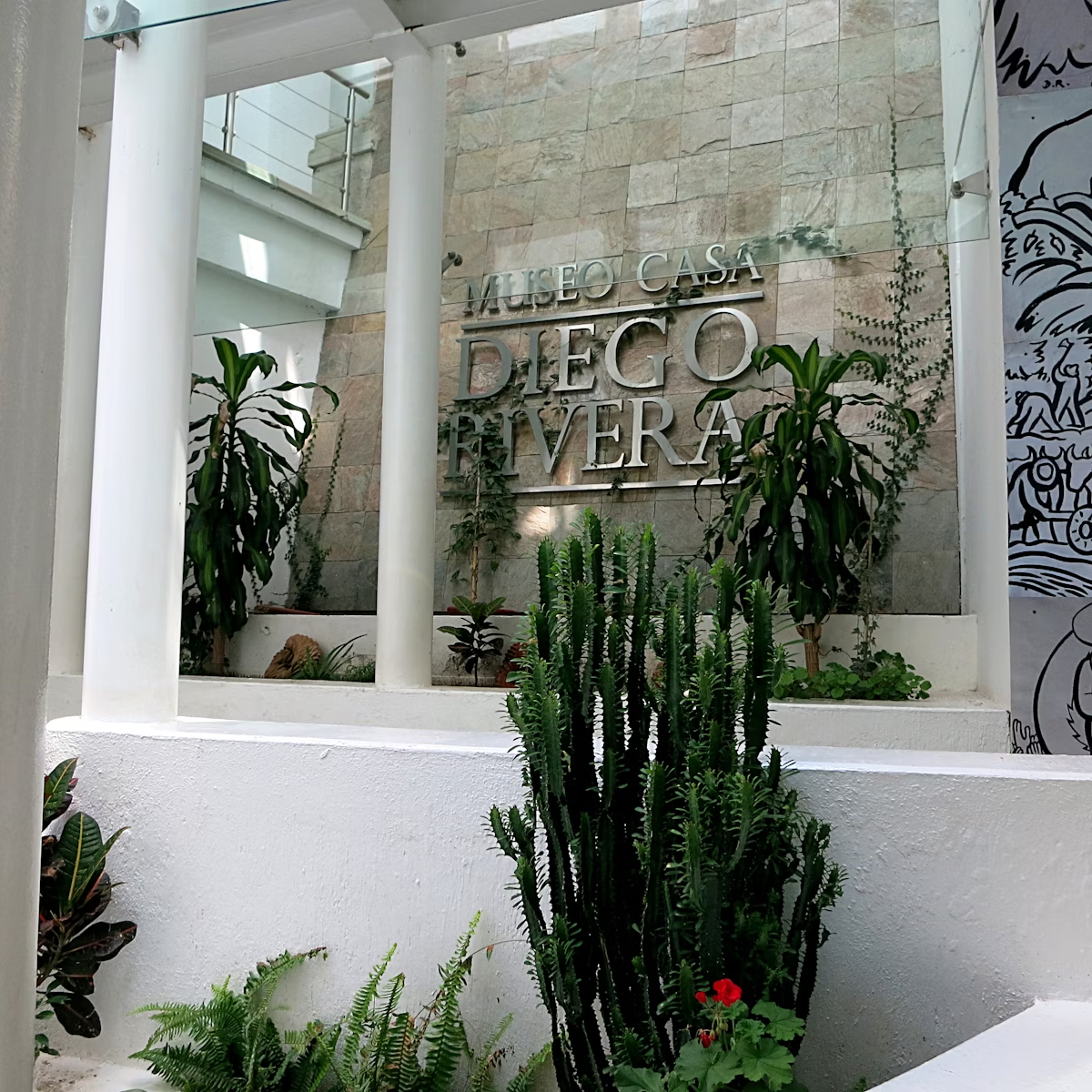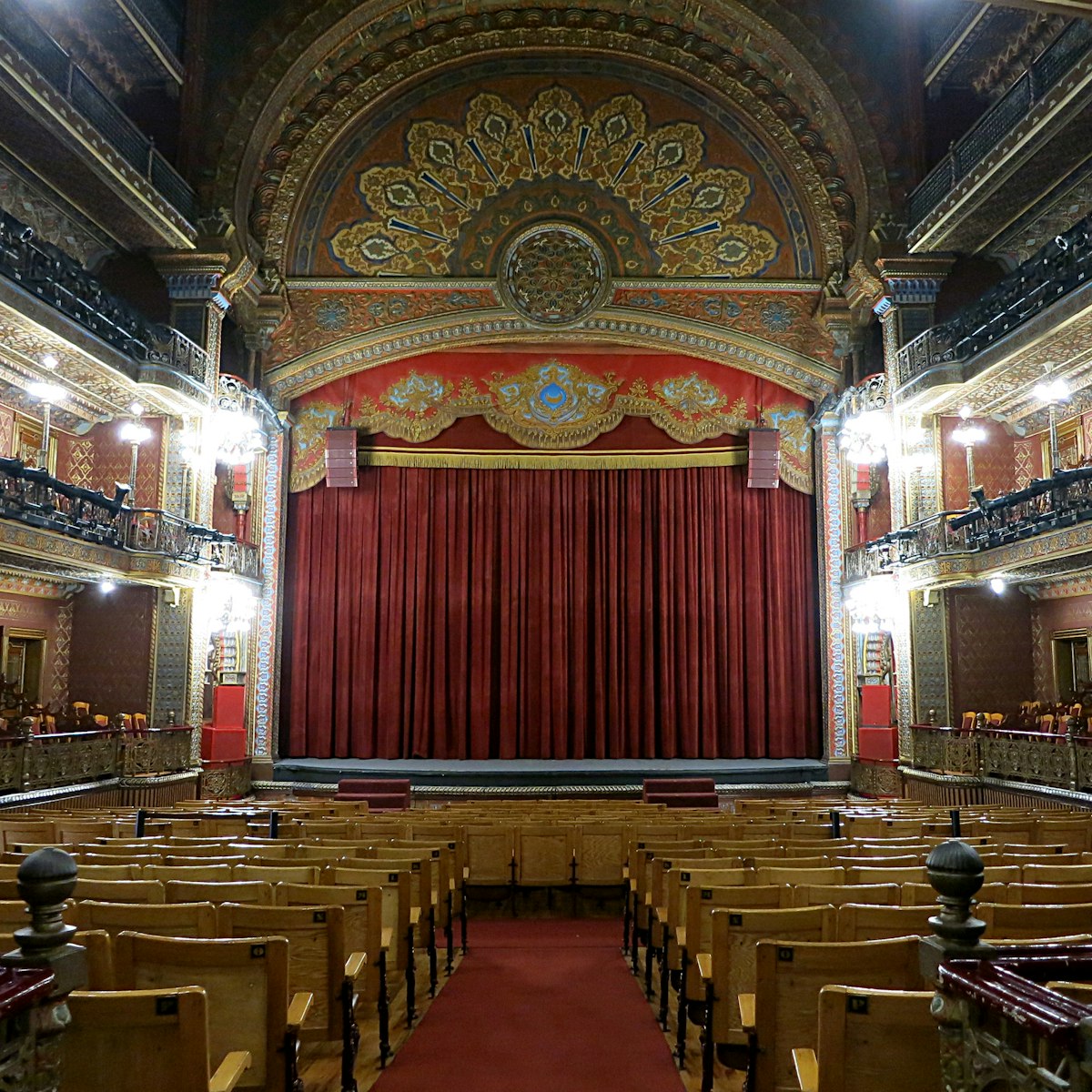If you don't know of José Alfredo Jiménez before you come to Dolores, you will by the time you leave. The king of música ranchera is beloved by Mexicans and this stunning space is the home where he was born. This modern museum cleverly depicts his life through paintings, photos, mementos and recordings. The first room features an extraordinary painting by Octavio Ocampo, in which are hidden many figures and symbols.
Museo José Alfredo Jiménez
Contact
Address
Get In Touch
Lonely Planet's must-see attractions

19.6 MILES
Cañada de la Virgen is an intriguing pre-Hispanic pyramid complex and former ritual and ceremonial location, dating from around AD 300 and in use until…

22.9 MILES
Diego Rivera's birthplace is now an excellent museum honoring the famous artist, who was persona non grata here for years. Rivera and his twin brother…

22.86 MILES
Don’t leave Guanajuato without visiting the magnificent Teatro Juárez. It was built between 1873 and 1903 and inaugurated by the dictator Porfirio Díaz,…

22.44 MILES
On a hill overlooking Guanajuato, 5km north of the center, is the magnificent Templo La Valenciana. Its facade is spectacular and its interior dazzles…

Basílica de Nuestra Señora de Guanajuato
22.86 MILES
The attractive orange-yellow Basílica de Nuestra Señora de Guanajuato contains a jewel-covered image of the Virgin, patron of Guanajuato. The wooden…

Museo Histórico de San Miguel de Allende
20.71 MILES
This is the house where Mexican independence hero Ignacio Allende was born in 1769, a fact that draws a steady stream of Mexican pilgrims year-round. The…

23.52 MILES
This famous museum is one of the most bizarre (some might say distasteful) sights in Mexico. The popular attraction is a quintessential example of Mexico…

20.66 MILES
Located near the east end of Insurgentes, this multitowered and domed church dates from the 18th century. The pale-pink main facade is baroque with an…
Nearby attractions
1. Parroquia de Nuestra Señora de Dolores
0.12 MILES
The Parroquia de Nuestra Señora de Dolores is the church where Hidalgo issued the famous Grito (a call to arms for the country's independence) and is the…
0.12 MILES
The town's main square naturally boasts a statue of the man himself, Hidalgo (in Roman garb, on top of a tall column). Here too is a tree that, according…
3. Museo Bicentenario 1810–2010
0.14 MILES
Previously the Presidencia Municipal, this museum was inaugurated in 2010 for Mexico's bicentennial celebrations. Despite its name, the majority of its…
4. Museo de la Independencia Nacional
0.19 MILES
Although this museum has few relics, it has plenty of information on the independence movement. The exhibition spans seven rooms and charts the appalling…
0.22 MILES
Miguel Hidalgo lived in this house when he was Dolores' parish priest. It was from here, in the early hours of September 16, 1810, that Hidalgo, Ignacio…
6.19 MILES
The first and biggest winery in Guanajuato opened in 2005, heralding the reintroduction of wine production in the area 200 years after the Spanish banned…
13.79 MILES
Known as Mexico's Sistine Chapel, this vitally important church in the hamlet of Atotonilco, 11km north of San Miguel, is defined by its connection to the…
19.6 MILES
Cañada de la Virgen is an intriguing pre-Hispanic pyramid complex and former ritual and ceremonial location, dating from around AD 300 and in use until…







